Concrete
Concrete

These types of concrete cater to a wide range of construction requirements, and the choice depends on factors such as the intended use, environmental conditions, and desired performance characteristics.
Types of Concrete
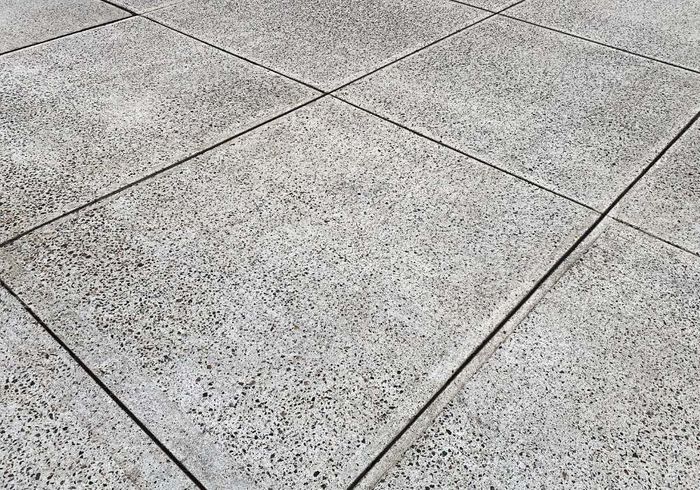
Normal Strength Concrete (NSC)
Characteristics: Typically used in general construction where high strength is not a primary requirement.
Applications: Foundations, slabs, sidewalks, and non-load-bearing structures.

High-Strength Concrete (HSC)
Characteristics: Engineered to provide higher compressive strength than normal strength concrete.
Applications: High-rise buildings, bridges, and structures requiring increased load-bearing capacity.
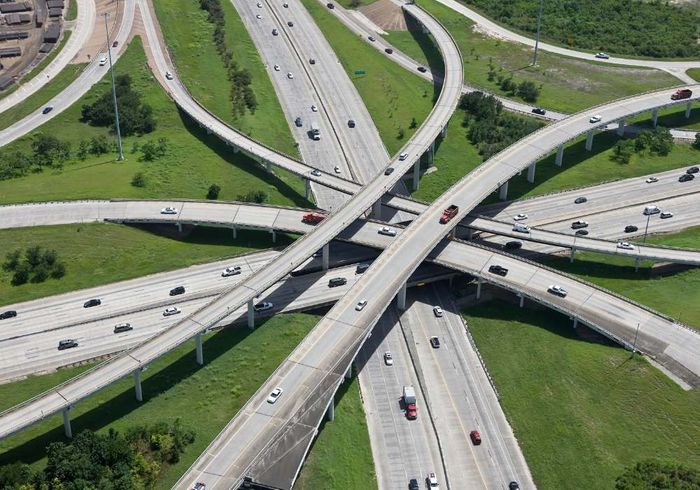
High-Performance Concrete (HPC)
Characteristics: Combines high strength with other properties such as durability, workability, and resistance to aggressive environments.
Applications: Infrastructure projects, marine structures, and projects with special performance requirements.
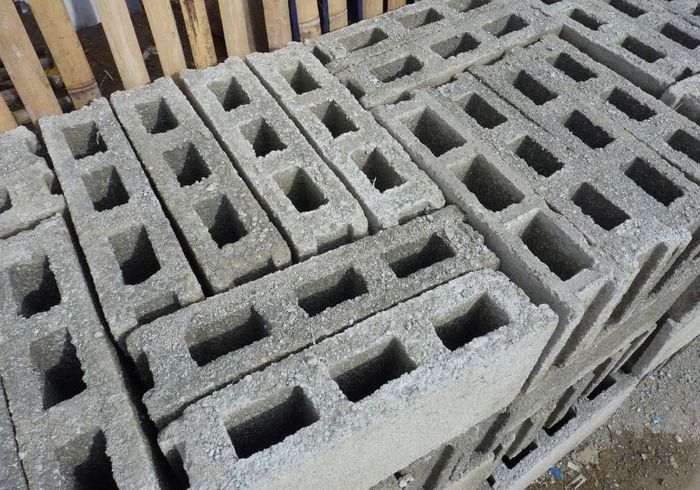
Lightweight Concrete
Characteristics: Has a lower density than normal concrete, achieved by using lightweight aggregates or aeration techniques.
Applications: Used in situations where reduced structural weight is essential, such as precast panels and insulating layers.
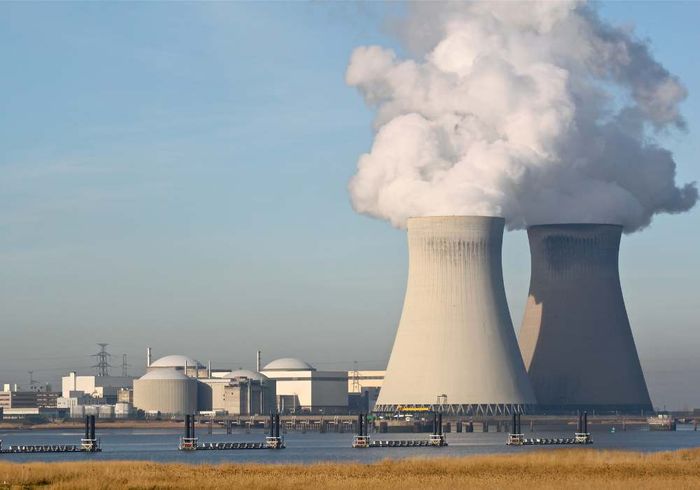
Heavyweight Concrete
Characteristics: Contains dense aggregates like barite or magnetite to increase its density and improve radiation shielding properties.
Applications: Nuclear power plants, medical facilities, and other applications requiring radiation protection.
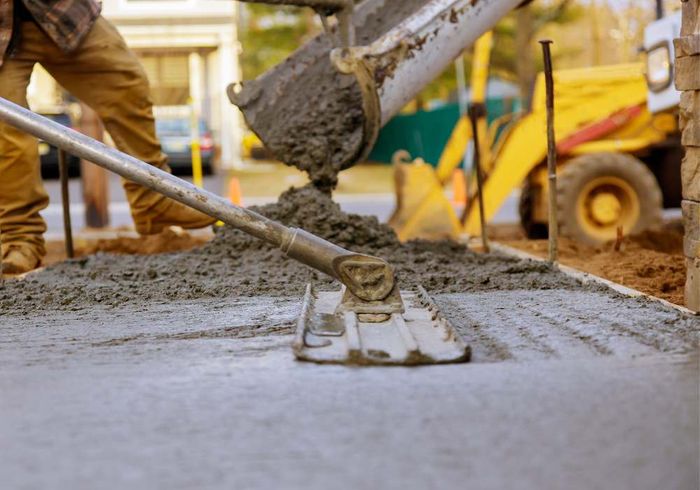
Pervious Concrete
- Characteristics: Designed to allow water to pass through, promoting water drainage and reducing runoff.
Applications: Parking lots, driveways, and areas where stormwater management is crucial.
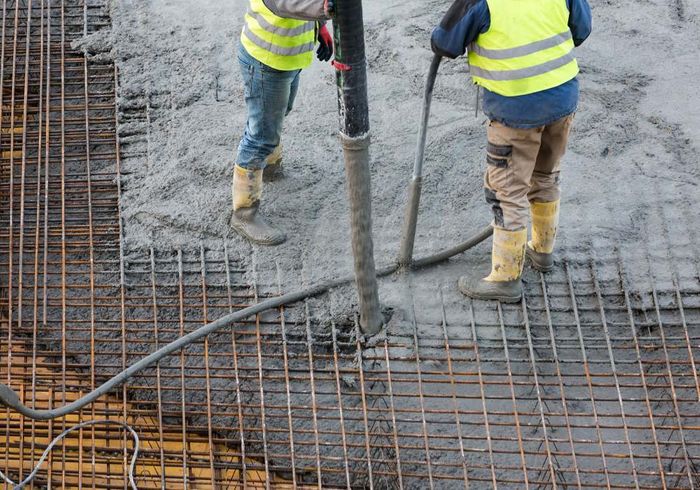
Self-Consolidating Concrete (SCC)
Characteristics: Has a high flowability and can spread and fill the formwork under its own weight without the need for vibration.
Applications: Complex architectural forms, precast elements, and areas with congested reinforcement.
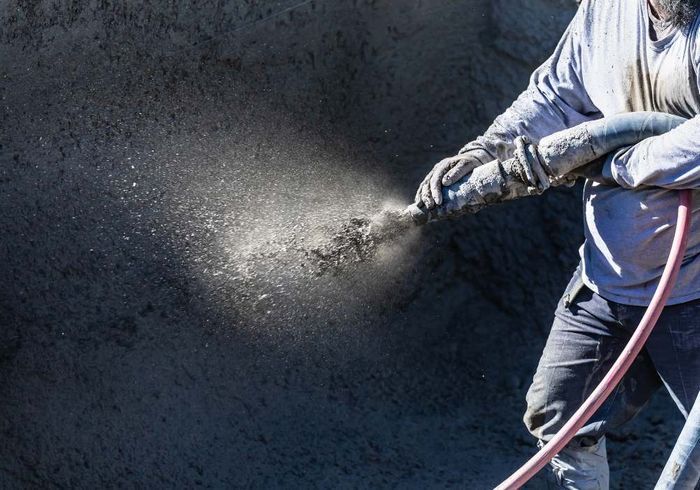
Shotcrete
Characteristics: Concrete conveyed through a hose and pneumatically projected at high velocity onto a surface.
Applications: Slope stabilization, tunnel construction, and repair work.
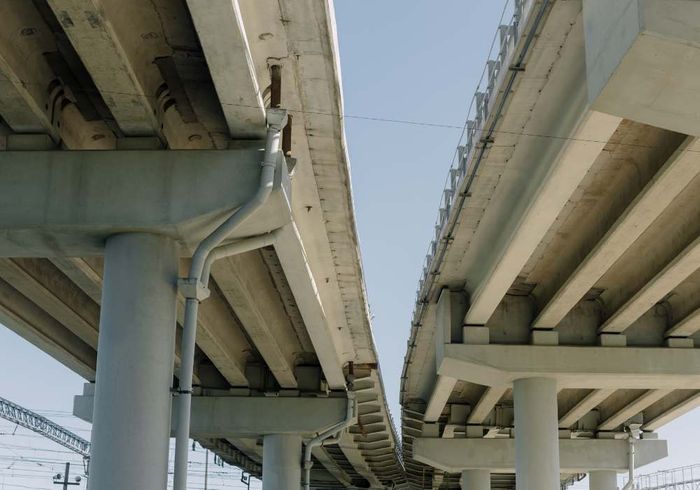
Fiber-Reinforced Concrete (FRC)
Characteristics: Contains fibers (steel, glass, synthetic) to enhance toughness, durability, and crack resistance.
Applications: Bridge decks, industrial floors, and earthquake-resistant structures.
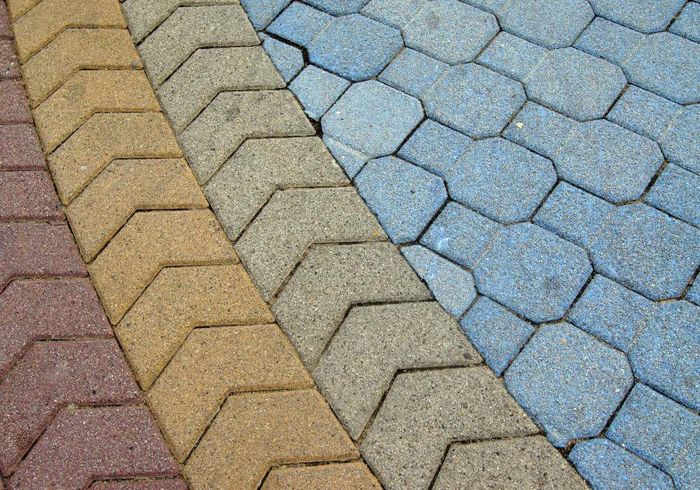
Decorative Concrete
Characteristics: Designed for aesthetic appeal, often incorporating colored pigments, aggregates, or stamped patterns.
Applications: Patios, driveways, and interior floors where visual appeal is a priority.
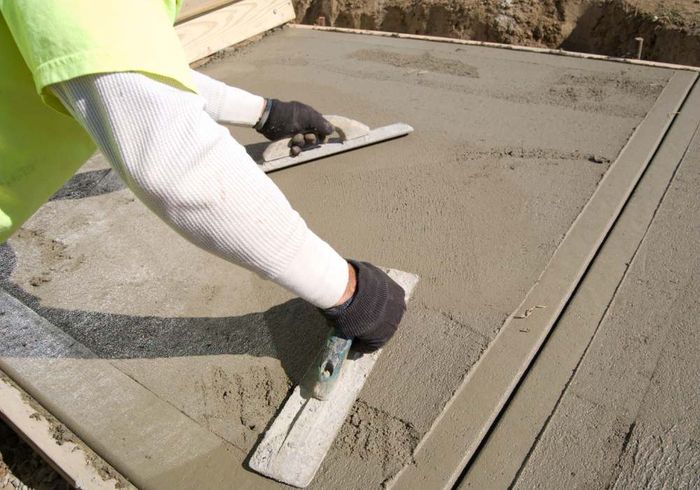
Rapid-Setting Concrete
Characteristics: Achieves initial set and strength gain in a shorter time than conventional concrete.
Applications: Repair work, emergency repairs, and situations where quick turnaround is essential.
